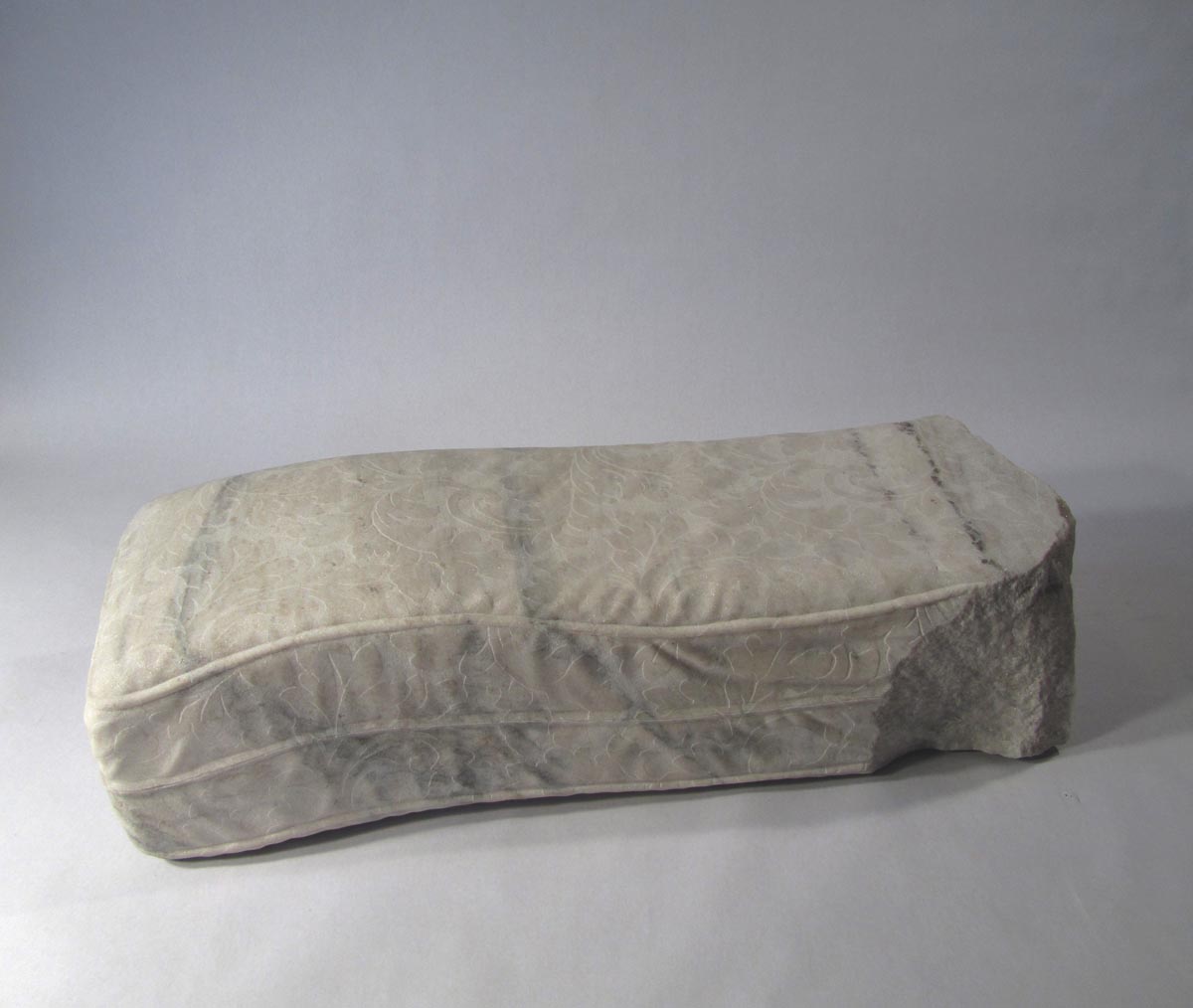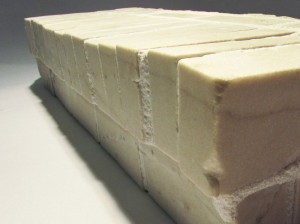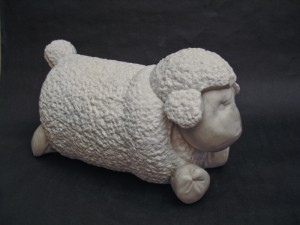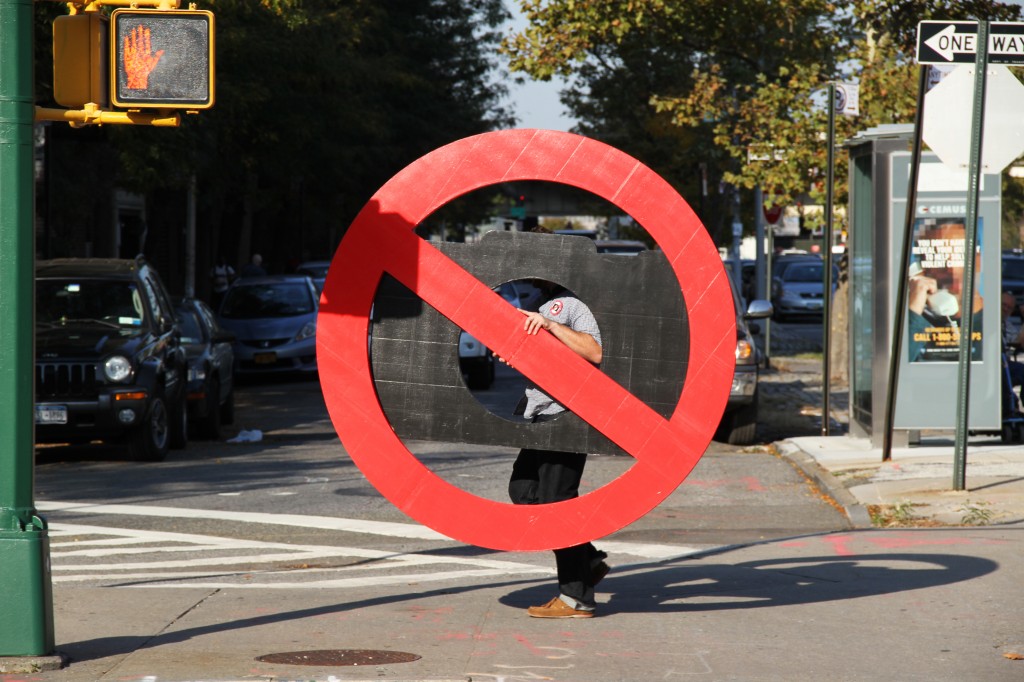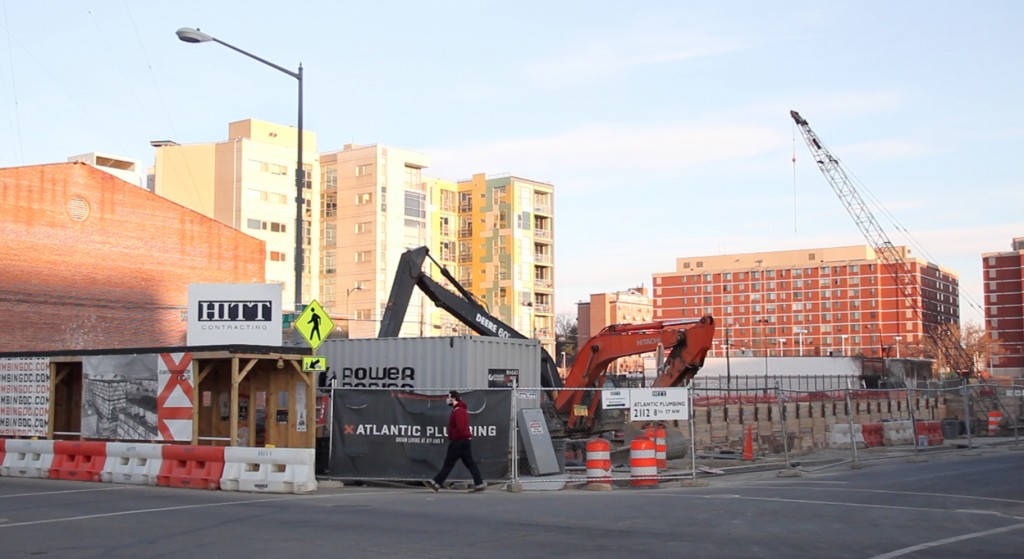REQUEST FOR QUALIFICATIONS (RFQ):
Call to Local & Regional Artists: The Cherry Hill Recreation Center
Application Deadline: May 12, 2014
ONLINE APPLICATION LINK HERE
OVERVIEW
The City of Baltimore, the Baltimore Public Art Commission, and the Baltimore Office of Promotion & The Arts in collaboration with the Baltimore City Department of General Services is seeking to commission a professional artist or artist team to create artwork for permanent display in the interior of the Cherry Hill Recreation Center.
SITE DESCRIPTION
The Baltimore City Recreation and Parks Department is seeking to commission an artist to create an art installation for the new Cherry Hill Recreation Center, that will be suspended within the interior of the main entrance of the building.
We are looking for an artist capable of collaborating with the Architectural design team to envision and create a sculpture that integrates with the building’s architecture, reflects the active nature of the building and values of the community that uses it.
PROJECT DETAILS
The Department of Recreation and Parks is seeking a qualified artist to work closely with the design team to create integrated artwork in the interior of the new recreation center. The artwork should enliven the gathering spaces, and may reference the historic character of the building and history of the Cherry Hill community. The commissioned artist will work closely with staff, local stake holders, and the Recreation and Parks design team to develop a public art design and fabricate an artwork for the building’s main entrance. The selected artist will be responsible for design, fabrication and installation of the artwork, as part of their contract.
The Cherry Hill Recreation and Aquatic Center project will construct a new 32,500 s.f. recreation center with indoor pool in a campus like setting adjacent to Cherry Hill Elementary/Middle School (#159). If funding is available, a second phase of the project will include a surrounding park with athletic fields to be designed in concert with BCPSS’ 10 Year Plan to upgrade Cherry Hill ES/MS and vacate a second school building (Patapsco Elementary/Middle School -#163) currently on site.
The two story recreation and pool building will include a gymnasium, locker rooms, fitness room, dance studio, kitchen, activity/game room, and multi-activity spaces for computer and class instructional use, arts and crafts, community meetings and varied programs and event rentals. The Center includes two outdoor terraces: one with an amphitheater and the other for outdoor passive activities.
The indoor pool will support a new model of aquatic programs for the Department. The facility will include a lap area with options for lap swimming, training, volleyball, and a rock climbing wall, a basketball hoop, lazy river with walking current and zero depth wading pool area. A separate, warm water pool will facilitate instruction and therapeutic activities. Additional locker rooms and changing areas will be provided at the pool to allow for separate aquatic facility and recreation program schedules.
The building will comply with the latest ADA standards and incorporate “green” and environmentally friendly building components, including a geothermal heating and cooling system and a green roof.
Facility Programs:
The new multi-activity complex will be designed to offer a full range of programs to serve all age groups. The programs will be based around a variety of program offerings with a set of core program areas designed to foster and develop a range of educational, recreational, cultural, health, fitness and life skills. Programs will address all age groups and will include expanded senior and aquatics programs.
Populations Served:
The new facility is expected to attract children from the broader Cherry Hill neighborhood. The project will also be within walking distance of the BCRP’s outdoor Cherry Hill Splash park pool on Reedbird Avenue.
Estimated Timeline:
• Application Deadline: Monday, May 12, 2014 at 11:59pm. Applications received after the deadline and those that are found to be in complete will not be reviewed. It is the responsibility of the submitting artists to ensure that applications are complete and arrive by the deadline. Extensions to this deadline cannot be granted.
• Artist Notification: June 2014
• Artwork Design: June 2014 – December 2014
• Facility Construction Bid Opening: December 2014
• Facility Construction Begins: February 2015
• Facility Construction Completion: May 2016
BUDGET
Total project budget is $80,000 and includes all costs, such as artwork design, artist’s fees and taxes, insurance, travel, fabrication, shipping and installation. This budget is based on the estimated capital construction budget for the project.
TO APPLY
Applications must be submitted online through Wufoo: https://boparegistrations.wufoo.com/forms/cherry-hill-recreation-center-rfq/
SUBMISSION REQUIREMENTS
Please submit the following via the Wufoo link: https://boparegistrations.wufoo.com/forms/cherry-hill-recreation-center-rfq/
• Artist Statement: briefly describe your interest and qualifications for this project. Describe your experience and approach in working with communities.
• Resume: please attach a current Resume, which outlines your experience as a visual or public artist.
• UPLOAD: six (6) images of completed past artworks
• Images must be sized to the following dimensions
File Format: Baseline JPEG (do not use progressive JPEG format)
Please size each image to be no more than 1 MB in file size.
File Name: Images MUST be titled in the following manner: Last Name, First Name, number corresponding to the image description sheet (For example: DoeJane01; DoeJane02; etc. Collaborative artists groups should begin their image title with their group name or the last name of each member followed in parenthesis by artist who completed the work that the image number refers (For example: DoeJonesSmith01(Doe); DoeJonesSmith02(Doe); DoeJonesSmith03(Jones); etc.)
• Annotated Image List to include the following: title of work, dimensions, medium, year of completion, location, three (3) sentence description, and artwork budget amount.
• References: names, addresses, email addresses, and phone numbers of three (3) professional references for each applicant.
PUBLIC-ART PROJECT GUIDELINES
1. Chosen artwork will be required to withstand an indoor unmonitored environment with very limited maintenance. Artists should take into consideration the possibility of adverse conditions, the wealth of pedestrian traffic passing by and through the site, and the safety of the audience. The artist chosen for this project will be required, upon its completion, to submit a description of required maintenance.
2. The City of Baltimore, the Baltimore City Department of Recreation and Parks, and the Baltimore Office of Promotion & The Arts reserves the right to reproduce images of submitted artwork for printed or internet publicity, catalogue, map or other marketing or educational purposes.
3. Application materials will not be returned.
ARTIST ELIGIBILITY
Any professional artist or artist team is eligible to apply. If artists are applying as a team, the team should be declared in the Artist Statement, specifying a team leader to receive notifications. Applicants must be 18 years of age or older. Current Baltimore Office of Promotion & the Arts employees and Public Art Commission members may not apply.
ARTIST SELECTION CRITERIA & PROCESS
Qualifications will be reviewed by an Artist Selection Panel and the Baltimore Public Art Commission based on the following criteria:
• Aesthetic merit of past projects; appropriateness of artwork medium and artistic concepts;
• Experience, success and/or interest in creating public artworks in collaboration with architects, design teams, and community members.
• Past public art commissions not requisite for review, but submitted work should demonstrate potential for consideration as part of a public art selection process.
PUBLIC ART PROGRAM GOALS
• To enrich and enliven the experience of Baltimore City for its citizens and visitors
• To establish a significant public art collection for the City.
• To create an engaging space, artwork, and environment that accentuates construction efforts, and is sensitive to the community where the artwork is located
• To commission public artwork that is durable and able to withstand high-traffic, unmonitored public indoor and outdoor environments that include extreme adverse weather conditions, with very little maintenance

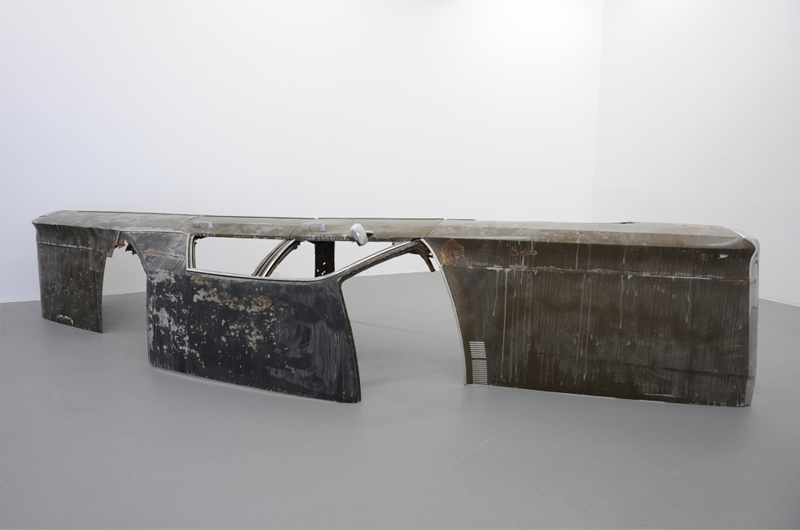
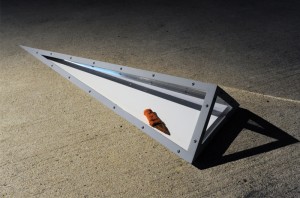
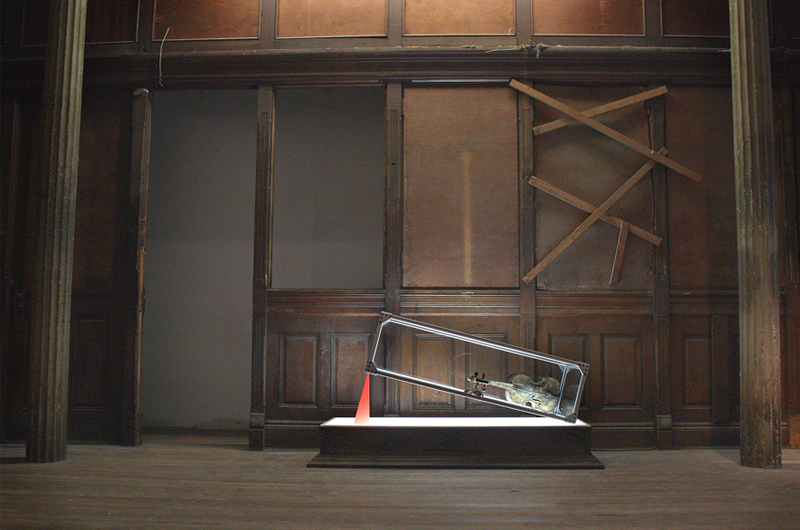
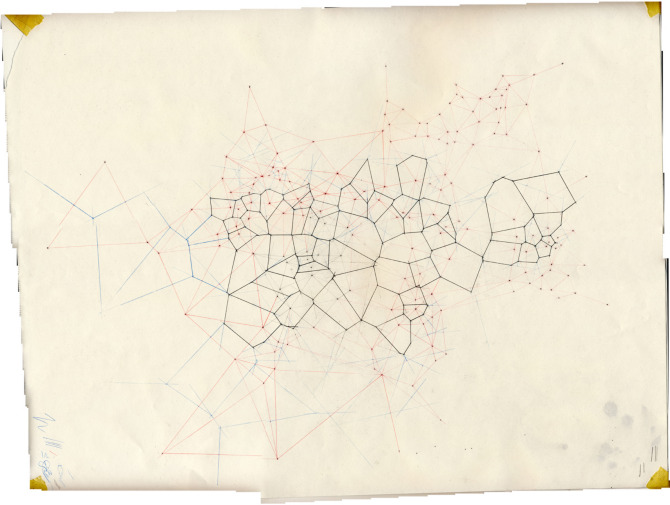
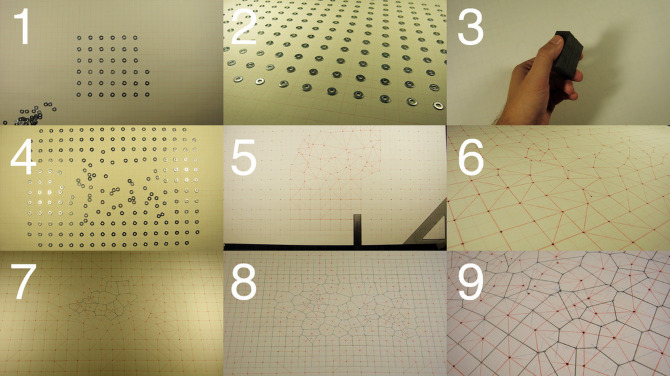
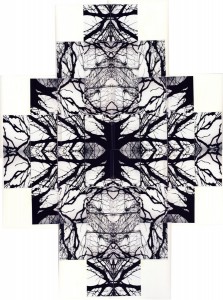
![3rubys[1]](https://www.baltimorearts.org/wp-content/uploads/2014/04/3rubys1.jpg)
